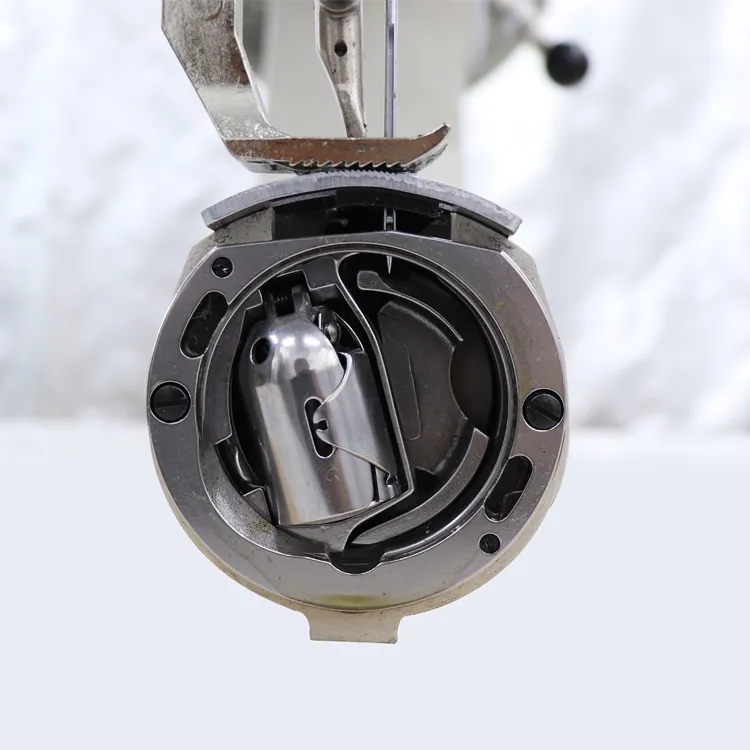how to use twin needle on sewing machine
Using a twin needle on a sewing machine can elevate your sewing projects, giving them a professional finish and decorative flair. This unique needle allows you to sew two parallel lines of stitching simultaneously, making it a popular choice for hems, pintucks, and decorative seams. If you're new to using a twin needle, here’s a step-by-step guide to help you get started.
1. Choose the Right Twin Needle
Twin needles come in various sizes and spacing options. The most common types are the standard twin needle, which has a distance of 2 mm or 4 mm between the two needles. For most sewing projects, a 2 mm twin needle is a great starting point. Select the needle size based on the fabric thickness a smaller size for lightweight fabrics and a larger size for heavier materials.
2. Prepare Your Sewing Machine
Before you begin sewing, ensure your sewing machine is compatible with twin needles. Consult the manual if needed. Start by unthreading your machine and replacing your single needle with the twin needle. Insert the needle with the flat side facing the back of the machine.
3. Threading the Twin Needle
Threading a twin needle requires a few additional steps compared to standard sewing needles. You will need to use two separate threads. Begin by guiding the first thread through the first needle’s eye and the second thread through the second needle’s eye. To achieve this, you may need to use a needle threader for better precision.
When pulling the threads, make sure both are the same length to create even tension during sewing. Next, thread each thread through the corresponding tension discs and the take-up lever. Some sewing machines might have an additional spool holder to accommodate the two threads, which is particularly useful.
how to use twin needle on sewing machine

4. Choose Your Stitch
A twin needle can work with various stitches, but it's best to use straight or zigzag stitches. Adjust the stitch width if you're using a zigzag stitch; too wide might cause the needle to hit the presser foot or the sewing machine’s throat plate. For a decorative effect, consider using a stretch stitch on knit fabrics.
5. Start Sewing
With everything set up, it’s time to start sewing. Select your fabric and place it under the presser foot. Remember to backstitch at the beginning and end of your sewing line to secure the threads. Maintain a steady pace, and watch the two parallel lines form!
6. Finish Up
Once finished, trim the threads and admire your double-stitched seam. You can use this technique on hems, quilted pieces, or any project that could benefit from a decorative touch.
Using a twin needle opens up a world of possibilities in your sewing projects. With practice, it can become a favorite tool for creating beautifully finished garments and home décor items. Enjoy your sewing!
-
Zigzag Sewing MachineNewsMay.12,2025
-
Single Needle Sewing MachineNewsMay.12,2025
-
Overlock Sewing Machine PriceNewsMay.12,2025
-
Heavy Duty Industrial Sewing MachineNewsMay.12,2025
-
FIBC Sewing MachineNewsMay.12,2025
-
Cylinder Bed Sewing MachineNewsMay.12,2025
-
Revolutionizing Sewing with CNC TechnologyNewsMar.28,2025





























